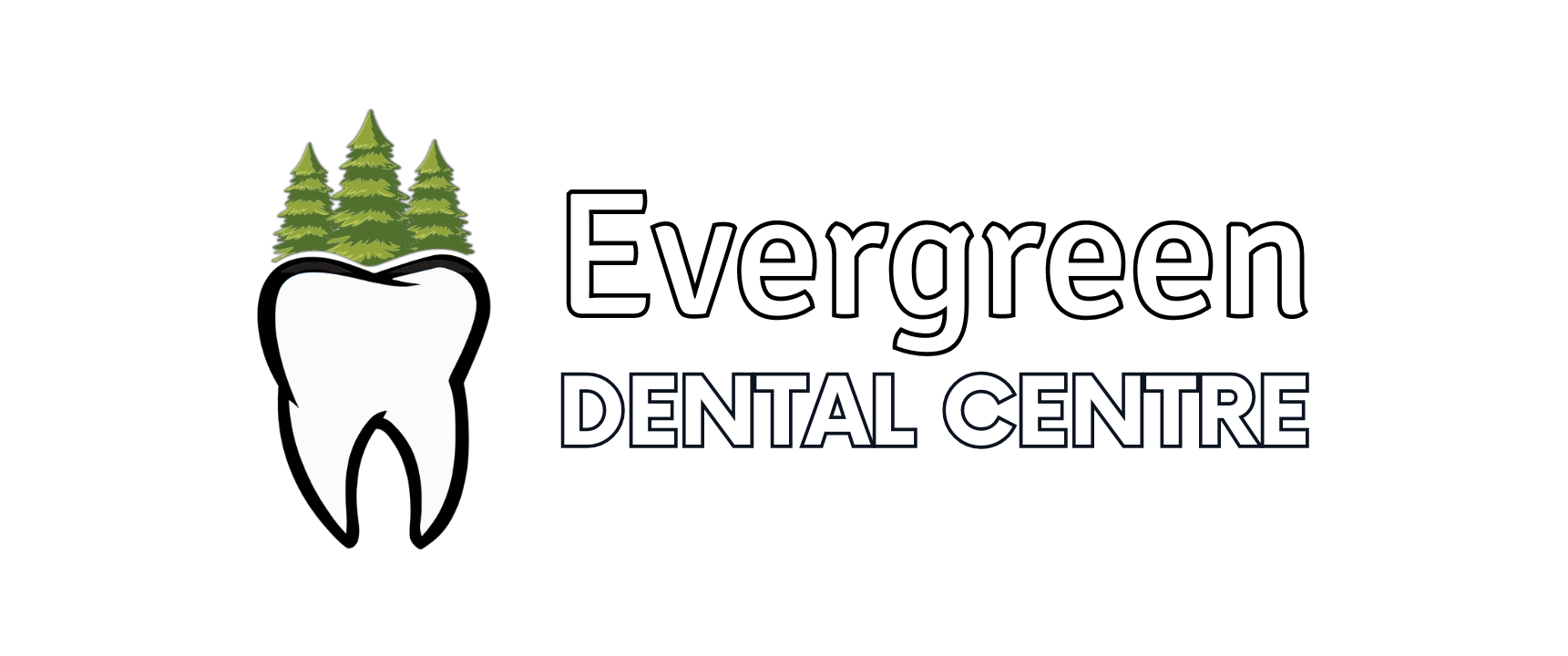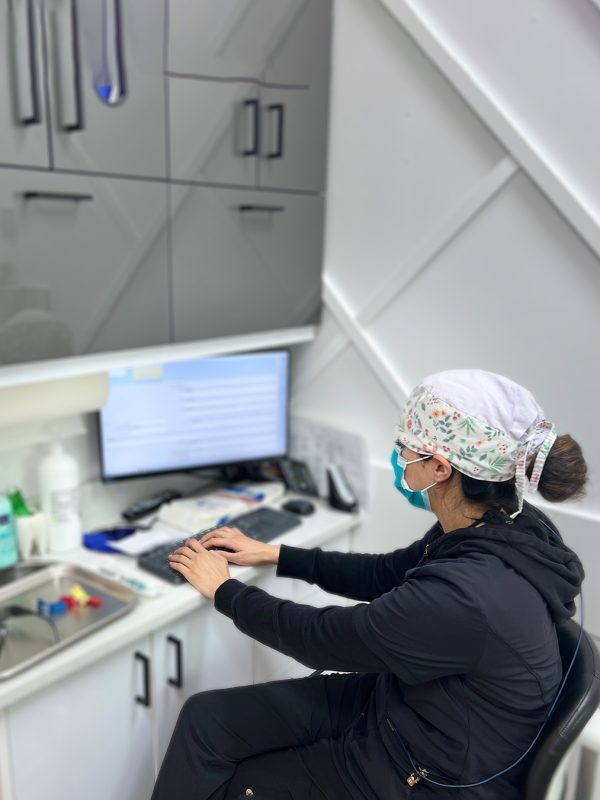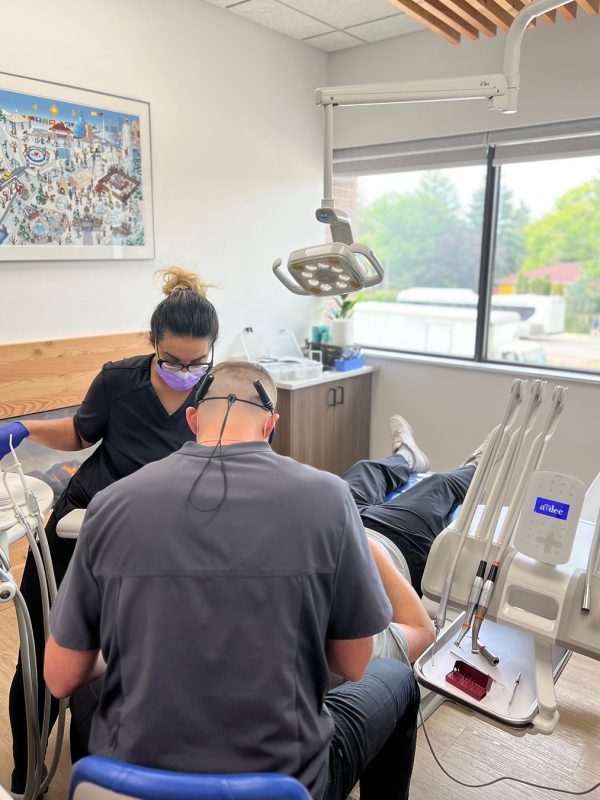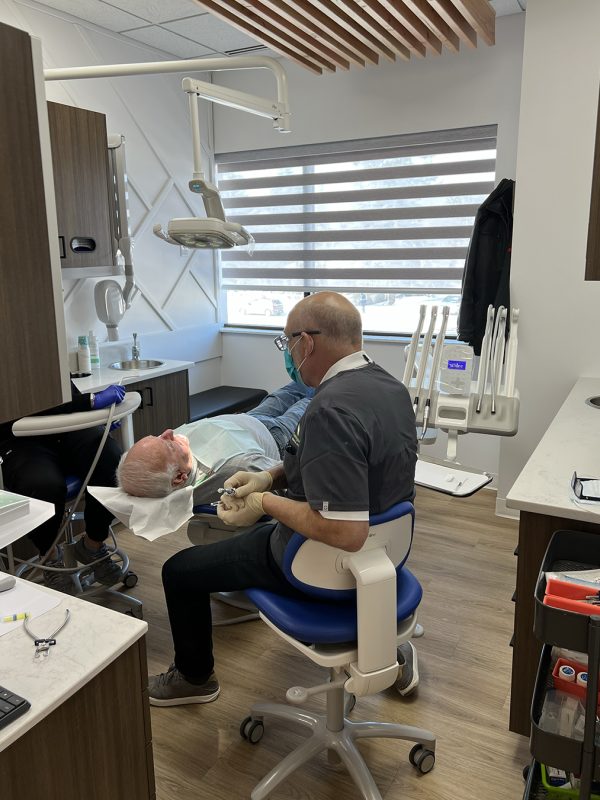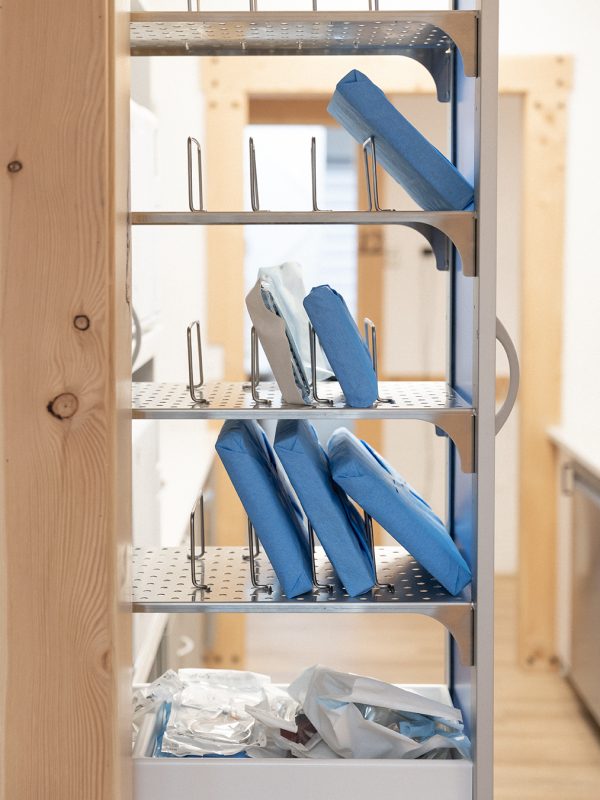Teeth clenching is a common yet often overlooked issue that can significantly impact oral health and overall well-being. Understanding “what is clenching teeth” is the first step in addressing this habit and minimizing its effects.
In this article, we’ll explore what teeth clenching entails, its common symptoms, and practical lifestyle changes to help prevent it. Whether you’re experiencing discomfort or simply want to protect your oral health, this guide provides valuable insights into managing this condition effectively.
Table of Contents:
What Is Clenching Teeth?
Teeth clenching, also known as bruxism, refers to the involuntary grinding or pressing of the upper and lower teeth together. It often occurs during sleep but can also happen while awake, typically as a response to stress or concentration. While occasional clenching may not cause harm, frequent or intense clenching can lead to dental damage, jaw pain, and other complications.
Clenching vs. Grinding: What’s the Difference?
While both clenching and grinding are types of bruxism, they involve distinct jaw movements. Clenching involves tightly squeezing the teeth together without any side-to-side motion. This constant pressure can lead to jaw muscle tension and tooth wear. Grinding, on the other hand, involves rubbing the teeth back and forth against each other. This action can cause more severe tooth damage, such as chipped or cracked teeth. Both clenching and grinding can contribute to jaw pain, headaches, and other oral health problems if left untreated.
Symptoms of Teeth Clenching
Teeth clenching, whether it happens during the day or night, can manifest in a variety of physical and behavioral symptoms. Recognizing these signs is crucial for early intervention and preventing further complications.
Physical Signs
- Jaw Pain: Persistent jaw pain, especially in the morning, is a common symptom. Clenching puts excessive strain on the jaw muscles, leading to soreness, tenderness, and difficulty opening or closing your mouth fully.
- Tooth Sensitivity: The constant pressure from clenching can wear down tooth enamel, making teeth more sensitive to hot, cold, or sugary foods and drinks.
- Headaches: Many people with teeth clenching experience headaches, particularly in the morning. The tension in the jaw muscles can radiate to the temples, causing dull or throbbing pain.
- Ear Pain or Pressure: The jaw joint is located near the ear, and clenching can sometimes cause referred pain or a feeling of fullness in the ear.
- Tooth Wear: Over time, clenching can wear down tooth enamel, leading to flattened, chipped, or cracked teeth.
Behavioral Impacts
- Difficulty Focusing: The discomfort and pain associated with teeth clenching can make it difficult to concentrate on tasks, leading to reduced productivity and mental fatigue.
- Irritability: Persistent pain and discomfort can negatively impact mood, leading to irritability, frustration, and difficulty sleeping.
- Increased Stress and Anxiety: Teeth clenching can be both a cause and a symptom of stress and anxiety. The cycle of stress, clenching, and increased stress can make it harder to manage these emotions. According to the journal, these can include emotional, psychological, and social stressors.
Lifestyle Changes to Prevent Clenching
By making simple lifestyle adjustments, you can significantly reduce or even eliminate teeth clenching. These strategies target common triggers like stress and poor sleep habits.
Manage Stress
Stress is a major contributor to teeth clenching. Incorporating relaxation techniques into your daily routine can help alleviate stress and reduce the urge to clench:
- Mindfulness and Meditation: Practice mindfulness or meditation for 10-15 minutes daily to calm your mind and relax your body.
- Physical Activity: Engage in regular physical activity, such as yoga, swimming, or walking, to release tension and reduce stress hormones.
- Schedule Breaks: Take short breaks throughout the day to stretch your body and relax your jaw muscles.
Improve Sleep Hygiene
Good sleep quality is crucial for reducing nighttime clenching. Follow these tips to optimize your sleep environment:
- Consistent Sleep Schedule: Go to bed and wake up at the same time every day, even on weekends, to regulate your body’s internal clock.
- Relaxing Bedtime Routine: Establish a calming bedtime routine, such as reading or taking a warm bath to signal your brain that it’s time to wind down.
- Optimize Sleep Environment: Create a dark, quiet, and cool sleeping environment. Consider using blackout curtains or a white noise machine.
Avoid Stimulants
Stimulants like caffeine, alcohol, and nicotine can exacerbate teeth clenching:
- Limit Caffeine: Reduce caffeine intake, especially in the afternoon and evening, as these can disrupt your sleep.
- Moderate Alcohol Consumption: While alcohol might initially make you feel relaxed, it can disrupt deep sleep stages, where clenching often occurs. Try to avoid drinking within a few hours of bedtime.
- Avoid Nicotine: Refrain from using tobacco products as these can act as a stimulant, exacerbating stress and tension that lead to clenching.
Additional Tips
- Stay Hydrated: Proper hydration can help reduce muscle tension.
- Mindful Chewing: Avoid chewing gum or biting on objects like pens.
- Regular Dental Check-ups: Schedule regular dental check-ups to monitor your oral health and discuss any concerns with your dentist.
Conclusion
Teeth clenching might seem harmless at first, but if you’ve been waking up with a sore jaw, persistent headaches, or noticing wear on your teeth, it could be a sign to take action. Understanding ‘what is clenching teeth’ and its symptoms is essential to prevent long-term damage to your teeth and jaw. Small changes, like managing stress and improving your sleep habits, can make a big difference.
If these signs sound familiar or you’re unsure how to address them, it’s always a good idea to consult with a dental professional. Don’t wait for the discomfort to worsen, schedule an appointment with our dentists today for personalized advice and solutions tailored to your oral health needs.
